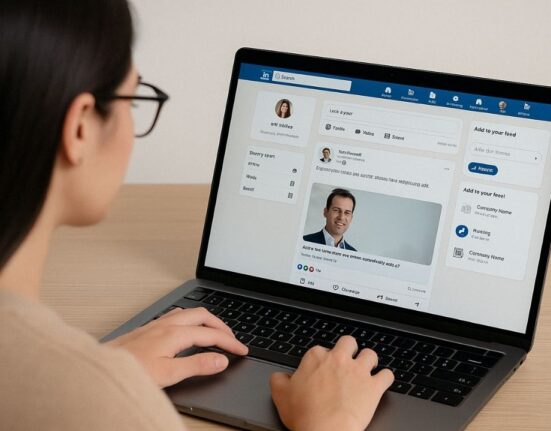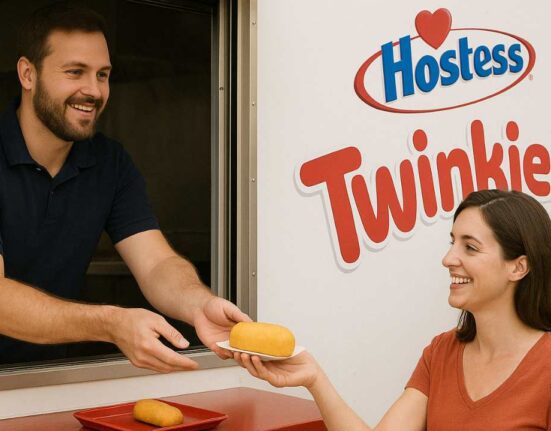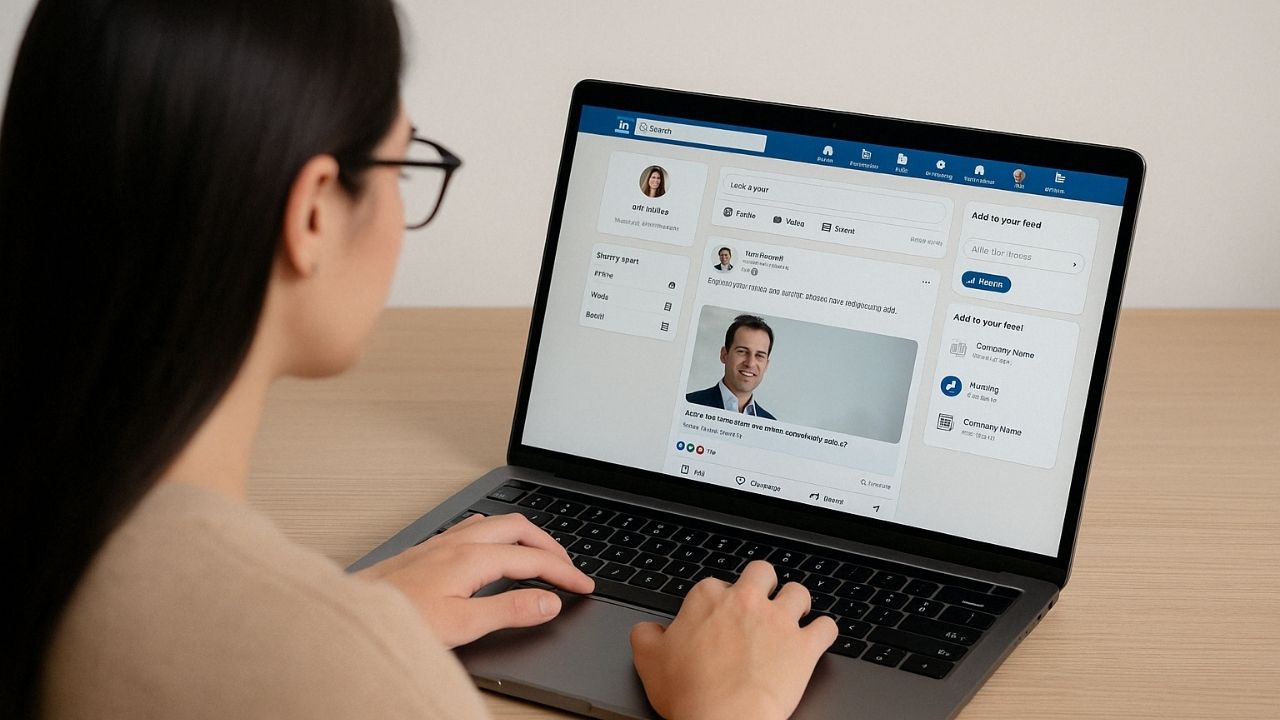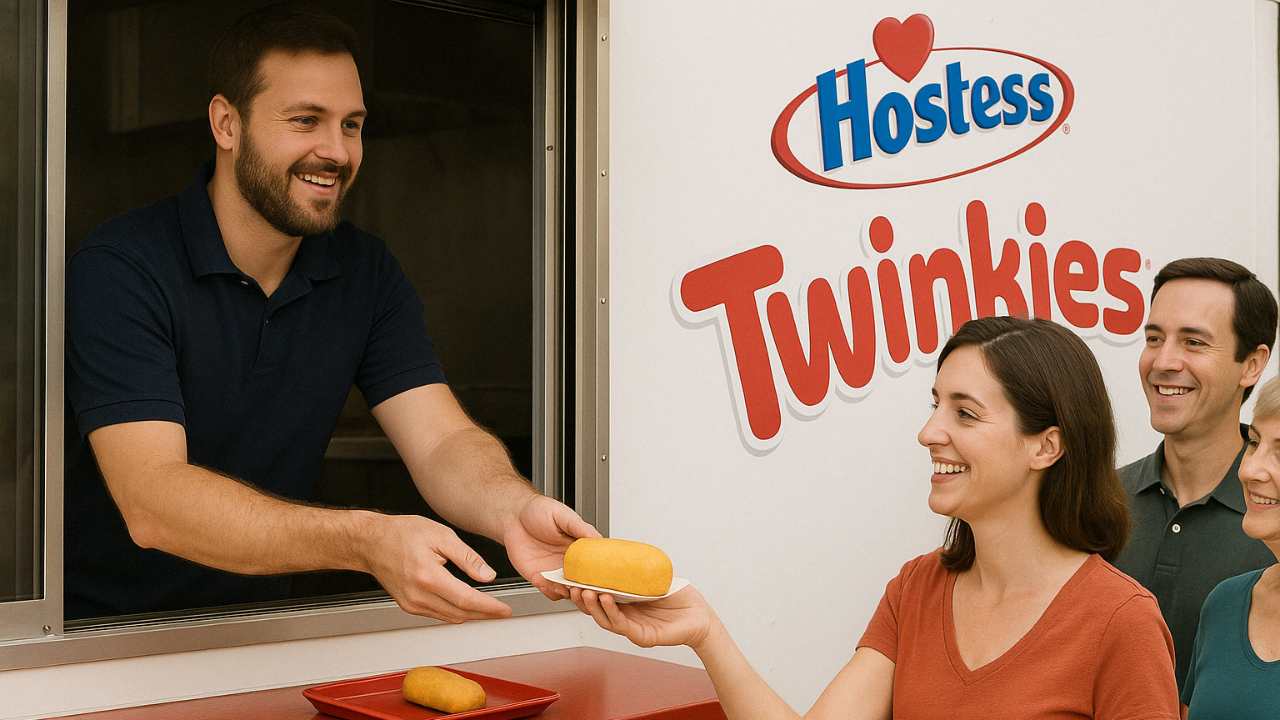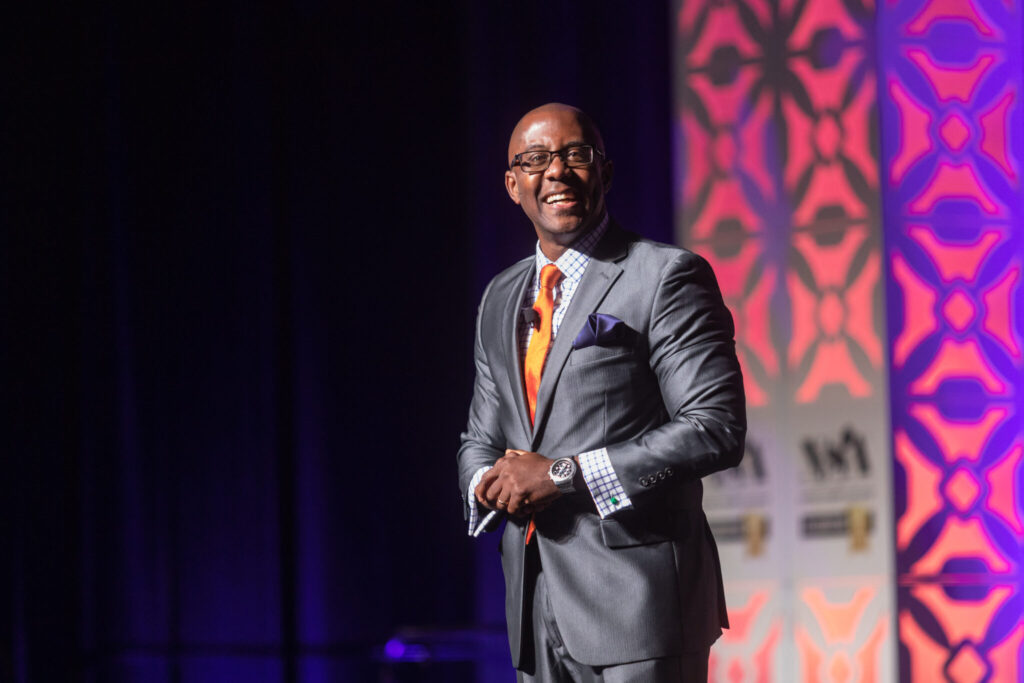Imagine being so obsessed with toothbrushes that you collect thousands of them. You study bristle angles, analyze the perfect grip, and even brush your teeth at your desk just to test out new designs.
Sounds extreme? Maybe. But for Eduardo Jiménez, director of technology at Colgate-Palmolive, this level of obsession is what fuels innovation. His goal? Solve a problem that has baffled toothbrush designers for decades—getting people to brush their teeth for a full two minutes.
This was reported in the Wall Street Journal
Jiménez and his team at Colgate aren’t changing toothbrushes just for the sake of it. They’re evolving their designs to match shifting consumer behaviors—understanding that people want more than just clean teeth; they want an experience.
And that’s the lesson for entrepreneurs. The key to staying ahead isn’t just about making changes—it’s about making the right changes.
The Balance Between Change and Purpose
In business, there’s a fine line between innovation and change for the sake of change. Some companies tweak their products every year without truly improving them, hoping that new packaging or a fancy name will boost sales. Others are too slow to evolve, getting left behind by the competition.
The best entrepreneurs know that innovation should always serve one purpose: to better serve your customers.
Jiménez’s team studied people’s brushing habits and realized most weren’t brushing long enough. Instead of simply redesigning the toothbrush, they created one that works with toothpaste chemists to make brushing feel more like a spa treatment. The result? A brush that cleans better, even if people don’t hit that two-minute mark.
This is how you stay ahead—not just by reacting to trends, but by deeply understanding your customer and innovating in ways that genuinely improve their experience.
Why Businesses Fail When They Ignore Innovation
History is full of companies that failed because they didn’t innovate—or because they were too reactive to the competition instead of thinking ahead.
1. Blockbuster vs. Netflix
Blockbuster had everything—brand recognition, thousands of stores, and a loyal customer base. But they ignored the signs of the digital revolution. When Netflix started offering DVDs by mail and later, streaming, Blockbuster had the chance to buy Netflix for $50 million. They passed.
Why? They believed their existing model was too strong to fail. They didn’t invest in the future—and by the time they reacted, it was too late. Today, Netflix is worth over $200 billion, and Blockbuster is just a nostalgic memory.
2. Kodak’s Digital Blind Spot
Kodak actually invented the digital camera in 1975. But instead of leading the market, they feared it would hurt their film business. They ignored their own innovation, and competitors like Sony and Canon took over.
By the time Kodak tried to pivot, digital photography had become the new standard, and they were too far behind to catch up. The company filed for bankruptcy in 2012—a painful lesson in what happens when you resist change.
How to Innovate Without Losing Focus
As an entrepreneur, your job is to anticipate change, not just react to it. Here’s how to do it right:
1. Keep Your Eye on Your Customers, Not Just Your Competition
It’s easy to get distracted by what your competitors are doing. But chasing trends blindly won’t keep you ahead. Instead, stay obsessed with what your customers want. Just like Colgate studied how people actually brush their teeth, you should study how your customers use your products or services.
Ask yourself:
- What pain points are they facing?
- How can I make their experience easier, faster, or more enjoyable?
- What’s changing in their daily habits that I need to adapt to?
2. Invest in the Future—Even if It’s Uncomfortable
Kodak and Blockbuster failed because they were too comfortable. They saw innovation happening but refused to step out of their familiar models.
Look at Amazon—Jeff Bezos was always willing to invest in the future. From launching Amazon Prime to acquiring Whole Foods, he bet on where customer needs were headed—not just where they were today.
3. Be Proactive, But Not Reckless
Not every new technology or trend requires an immediate reaction. The goal is to adapt wisely—not constantly pivot every time the market shifts.
Apple, for example, doesn’t rush to release new features just because Samsung does. They take their time, refine their technology, and launch products that set new industry standards.
Final Thoughts: The Entrepreneur’s Mindset
The story of Colgate’s toothbrush innovation is more than just a quirky tale—it’s a lesson in business survival.
Innovation isn’t about change for the sake of change. It’s about constantly asking, “How can I serve my customers better?”
The businesses that win are the ones that:
✅ Pay attention to shifting consumer needs
✅ Invest in innovation before the competition forces them to
✅ Adapt at the right time—not too early, not too late
Whether you’re designing toothbrushes, running a media company, or launching a tech startup, the lesson is the same: Obsess over your customers. Keep improving. Never get too comfortable.
Because in business, if you’re not moving forward, you’re falling behind.
Related articles – Your Mindset Is Everything: Small Business Growth Strategies(Opens in a new browser tab)


